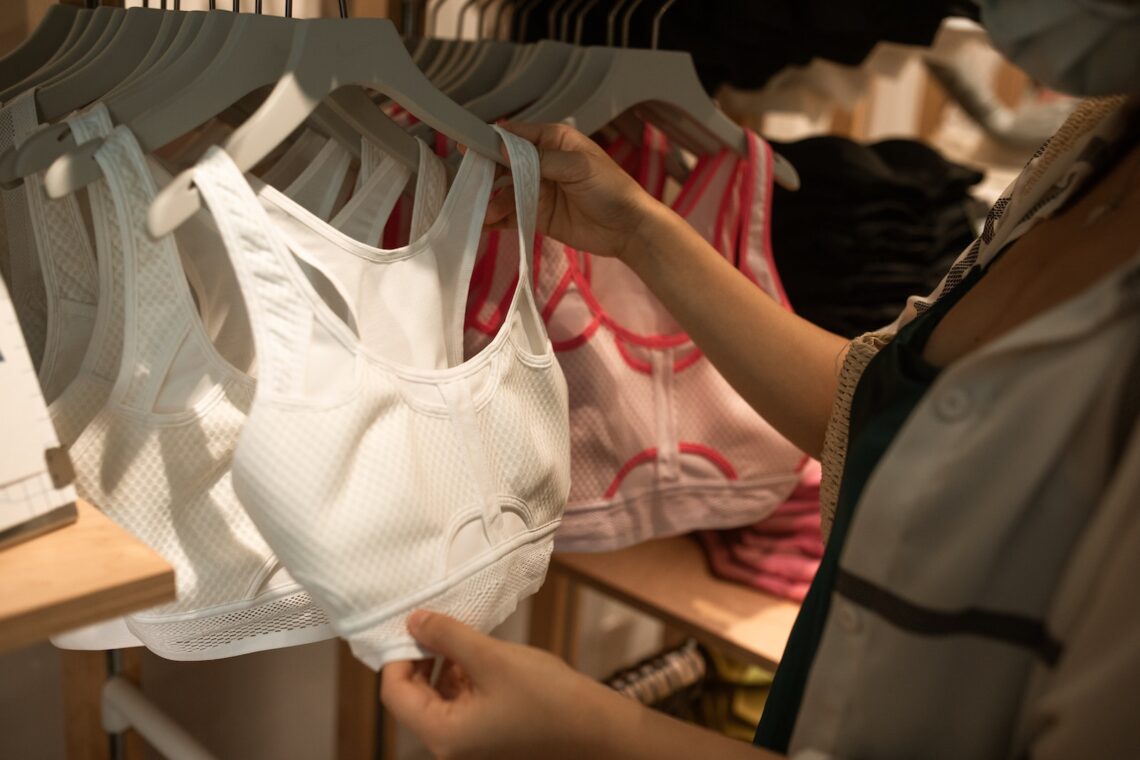There is no exact age at which girls’ boobs stop growing. However, they do go through different changes depending on age, menstruation, pregnancy and more.
Breast development is a natural part of puberty, usually occurring between the ages of 8 and 13. It starts with mammary glands and fatty tissue developing.
Puberty
Girls’ breasts begin to grow at puberty, which usually starts between the ages of 8 and 13, although it can vary from girl to girl. The first sign of breast development is when small bumps, called buds, appear on the skin under the nipples. The area around the nipples, called the areolae, may also change in color during this period. The nipples will get fuller and firmer, and the mammary glands will start to develop. As the breasts grow, they may become tender and itchy and stretch out the skin, which can cause itchy stretch marks that will fade with time.
The growth of the breasts slows down after puberty, but many girls still see significant changes in their boobs throughout their teenage years and even into post-adolescence. The shape and size of a girl’s breasts is mostly determined by genetics, though weight gain can affect the breasts as well.
It is also normal for one breast to grow faster than the other, and some women end up with asymmetrical breasts as a result. However, this is perfectly normal and it is a natural part of the body’s developmental process. Eventually, both breasts will reach the same size and shape as a woman gets older. After puberty, a woman’s nipples will continue to change shape and size as she goes through menstruation, pregnancy, and other life events.
Age of Menstruation
Girls breasts stop growing around the age of 18 years. However, they continue to change as a result of pregnancy, periods and menopause. This is because of changes in hormone levels. Breasts can also grow larger if girls gain too much weight.
Puberty starts when the ovaries start secreting oestrogen, which triggers a series of bodily changes. The first sign is usually a tingling or aching feeling in the chest or nipples. Then, small amounts of tissue form under the nipples, which are known as breast buds. The nipples can then get bigger and rounder, and the areola may also darken or stick out.
Breast development is different for everyone and can start as early as 8 or as late as 13. In general, the nipples develop faster than the breasts themselves. Girls also experience a growth spurt at this time and may notice that their clothes fit differently.
The first period will typically start about 2 years after the breasts develop. Girls also begin to get a mucus-like discharge in the nipples at this time. A girl’s first period is often the last time her nipples will ever be the same size. If one nipple grows faster than the other, this is called breast asymmetry and can be corrected through surgery. At this point, a girl will also start getting pubic hair and armpit hair.
Age of Delivery
When girls were younger, growth spurts were probably pretty big deals. They probably caused your daughter to get grumpy or fussy, and they also made her need new clothes more often. However, once your girl gets her first period, the rate of her growth will slow down. It may not stop altogether, but it will be much less pronounced than before.
During this time, your daughter may experience period cramps, which can be uncomfortable. Taking ibuprofen or naproxen as needed can help with this. Girls can also have breast asymmetry, where one breast is bigger than the other. This can be treated with corrective surgery if desired.
Breast development usually begins about 2 to 2.5 years before a girl starts getting her periods. She will start to notice her breasts changing shape and feeling tingly or itchy, as well as the area around her nipples growing larger and darkening in color.
Breast development continues until a girl is 18, but this can stretch into her early twenties as well. It’s important to know that your body develops at its own pace, and the size of your breasts can change during puberty, menstruation, pregnancy, and even throughout menopause. Despite this, every woman’s body is different, so the way your breasts grow and change will be influenced by your genetics, your body weight, and your overall health.
Age of Menopause
At this stage, most women’s breasts are stable and the same size they were at puberty or during pregnancy. But, they are prone to changes that can make them feel saggy or uneven. This is because of hormonal shifts during perimenopause and menopause. The hormone oestrogen decreases and causes the milk glands to shut down. The tissue is then replaced with fat, which can cause the breasts to enlarge.
Breasts can shrink as well due to decreased oestrogen levels, which can lead to a loss of firmness and shape in the nipples. This is a natural part of the aging process and not something to worry about. Nevertheless, it may be a concern for women who want to feel their best during the midlife transition.
As a woman goes through menopause, her body will experience many changes, including hot flashes, sore joints and difficulty sleeping. Some women may even notice a change in their breasts, including them going up by two bra sizes or more. These changes are the result of several factors, but one main factor is that cisgender women have more fatty tissue in their breasts than other people. This means that they can grow larger even if they are not overweight. This is also influenced by genetics, as the size of one’s breasts is determined largely by inherited genes.

